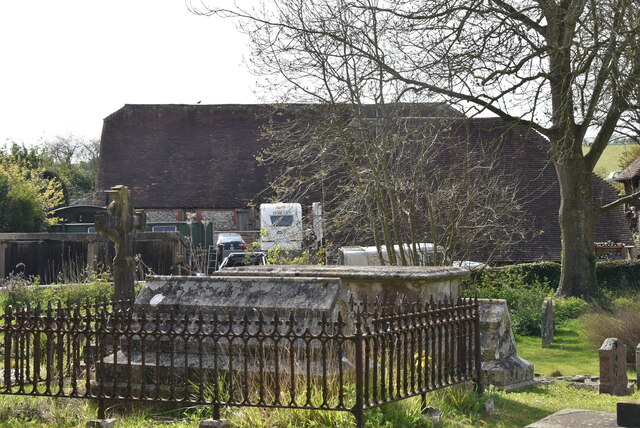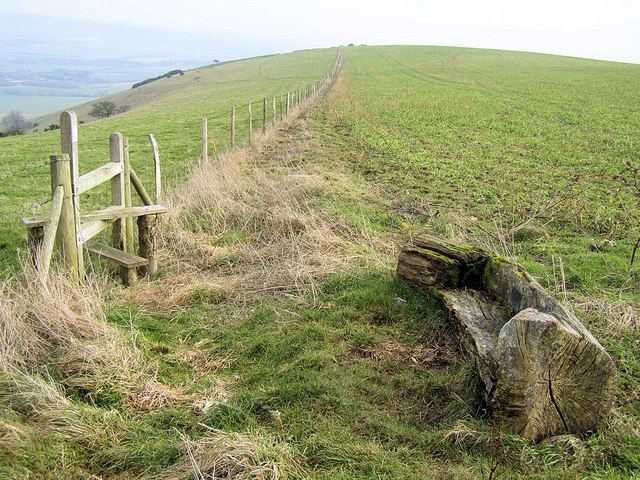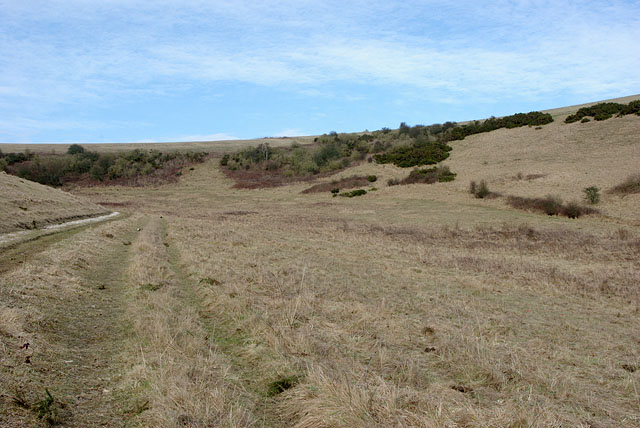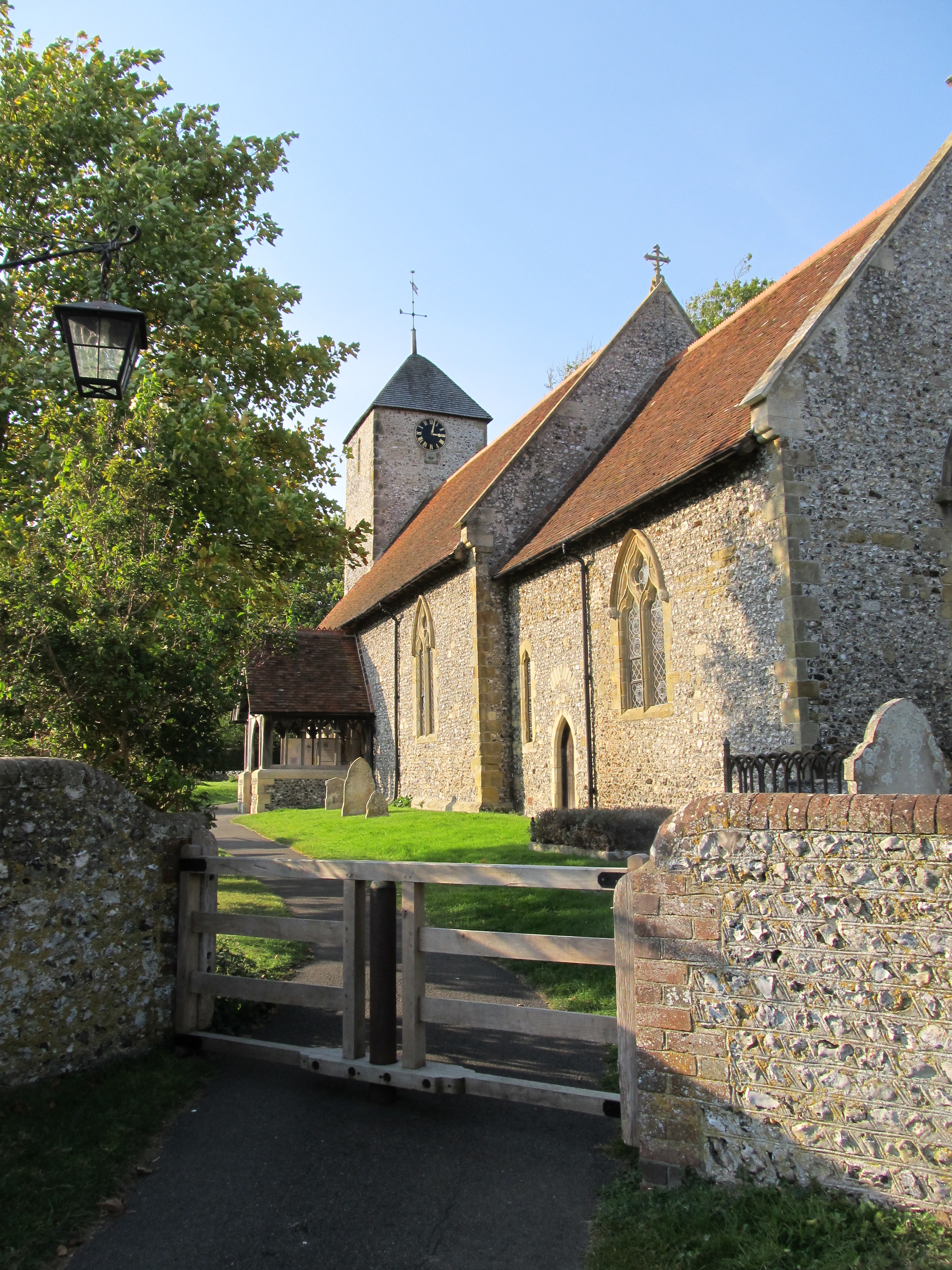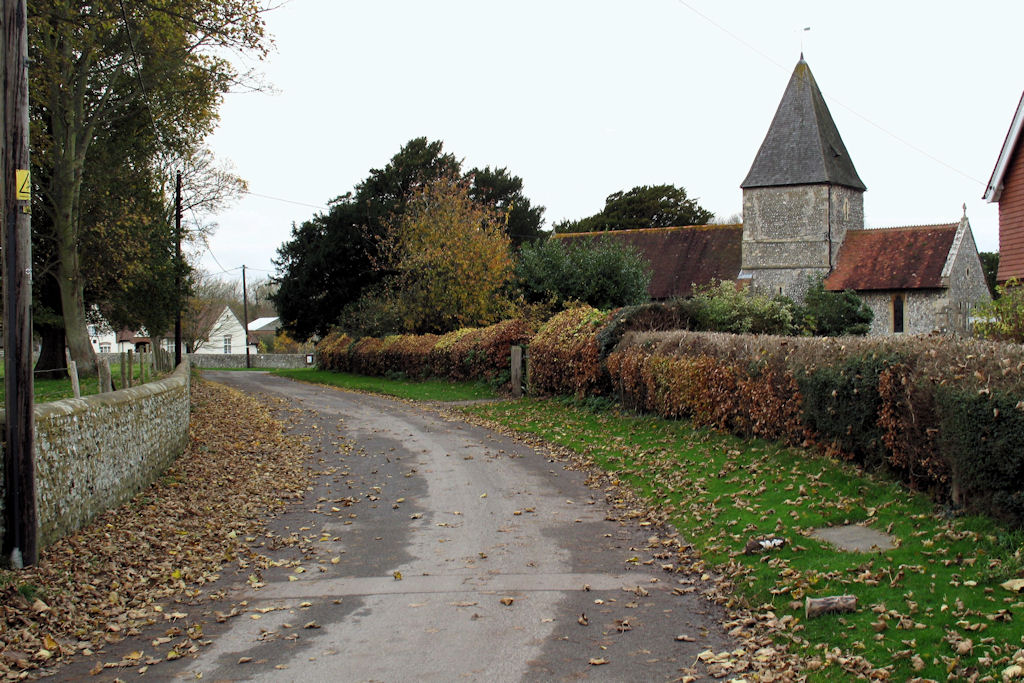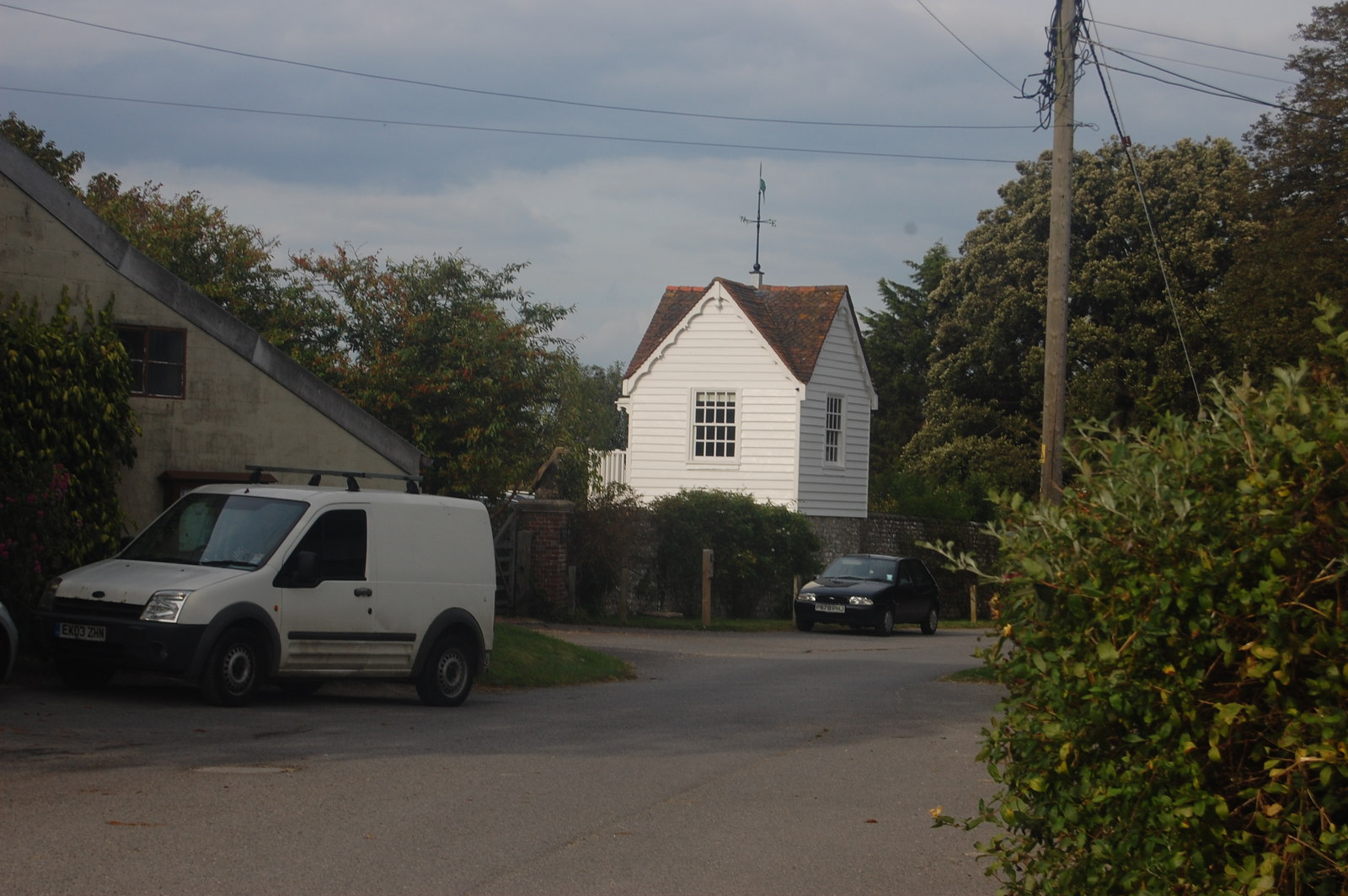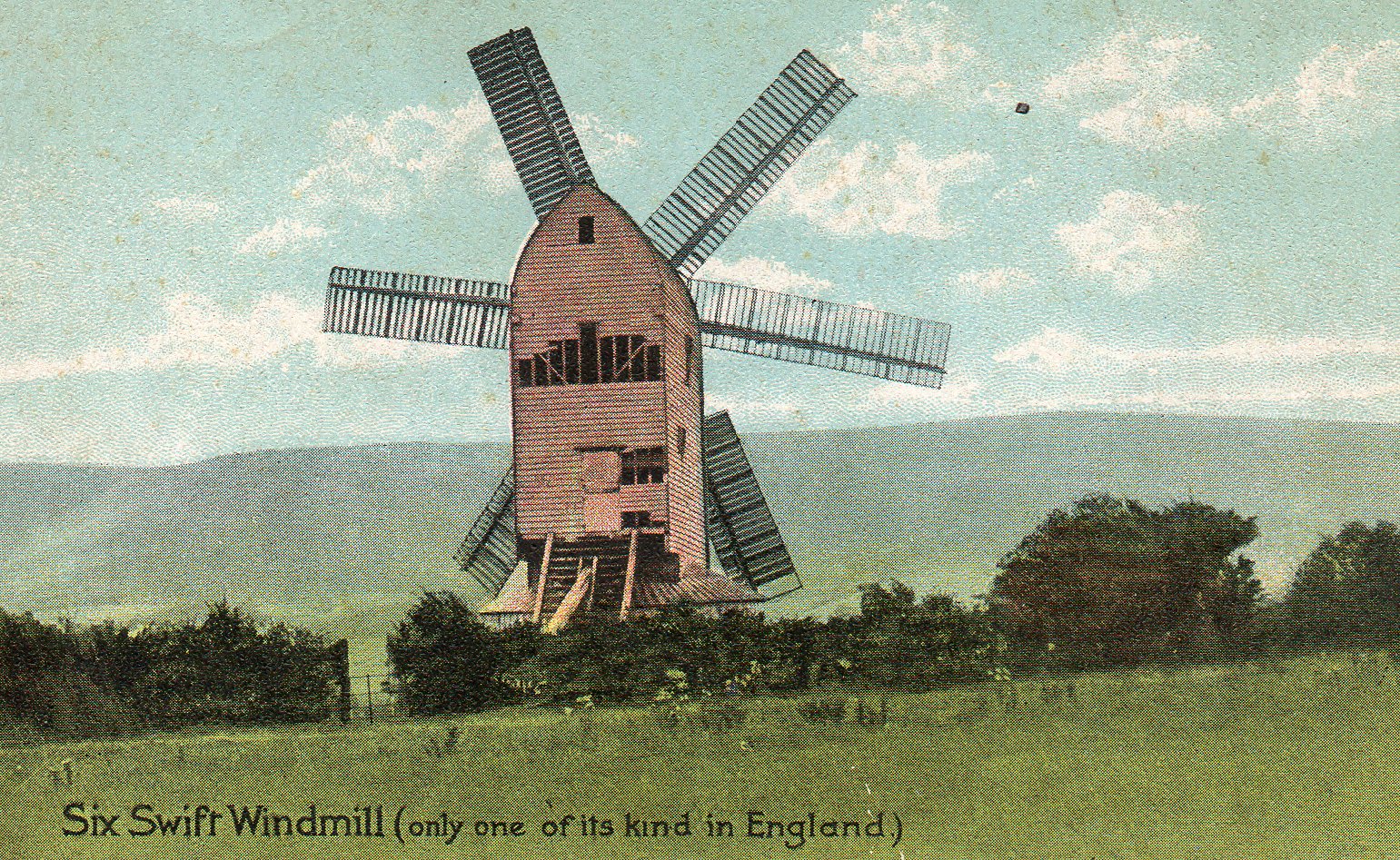Balsdean Bottom
Valley in Sussex Lewes
England
Balsdean Bottom

Balsdean Bottom is a picturesque valley located in Sussex, England. Nestled between the South Downs and the village of Woodingdean, this tranquil spot offers stunning natural beauty and a rich history.
The valley is known for its diverse flora and fauna, making it a popular destination for nature lovers and hikers. The landscape is characterized by rolling hills, lush meadows, and woodlands, with the River Ouse flowing through the valley, adding to its charm. The area is home to a variety of plant species, including wildflowers, orchids, and ancient woodland, creating a colorful and vibrant environment.
Balsdean Bottom is also steeped in history. During World War II, the valley was used as a training ground for Canadian soldiers. The remnants of military structures, such as pillboxes and trenches, can still be found scattered throughout the area, serving as a reminder of its wartime significance.
The valley offers numerous walking trails that allow visitors to explore its natural and historical treasures. The routes vary in difficulty, catering to both casual strollers and experienced hikers. Balsdean Bottom is also a popular spot for birdwatching, with a wide range of bird species calling the valley home.
Overall, Balsdean Bottom is a hidden gem in Sussex, offering a mix of natural beauty and historical significance. Whether one seeks a peaceful retreat in nature or wishes to delve into the area's past, this valley is a must-visit destination for both locals and tourists alike.
If you have any feedback on the listing, please let us know in the comments section below.
Balsdean Bottom Images
Images are sourced within 2km of 50.844307/-0.037828909 or Grid Reference TQ3806. Thanks to Geograph Open Source API. All images are credited.


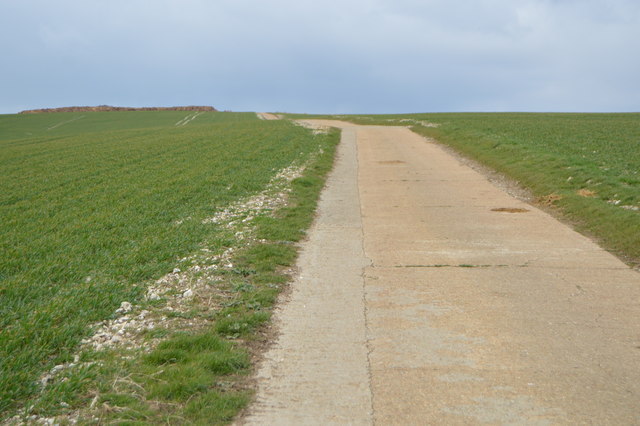





Balsdean Bottom is located at Grid Ref: TQ3806 (Lat: 50.844307, Lng: -0.037828909)
Administrative County: East Sussex
District: Lewes
Police Authority: Sussex
What 3 Words
///opera.legs.ranks. Near Rottingdean, East Sussex
Nearby Locations
Related Wikis
Kingston Escarpment and Iford Hill
Kingston Escarpment and Iford Hill is a 63.4-hectare (157-acre) biological Site of Special Scientific Interest east of Brighton in East Sussex.These two...
Castle Hill, Brighton
Castle Hill is a 114.6-hectare (283-acre) biological Site of Special Scientific Interest on the eastern outskirts of Brighton in East Sussex. It is a Special...
St Pancras Church, Kingston near Lewes
St Pancras Church is the parish church of Kingston near Lewes in East Sussex, England. The church building was built in the 13th century and is protected...
Iford, East Sussex
Iford is a village and civil parish in the Lewes District of East Sussex, England. The village is located two miles (3.2 km) south of Lewes. The parish...
Swanborough Manor
Swanborough Manor is a listed English manor dating back to the 12th century in Iford, East Sussex. == Overview == It is located on Swanborough Drove in...
Kingston near Lewes
Kingston near Lewes is a village and civil parish in the Lewes District of East Sussex, England. The village is mentioned in the Domesday Book and is located...
Brighton Kemptown (UK Parliament constituency)
Brighton Kemptown, often referred to as Brighton Kemptown and Peacehaven by local political parties, is a constituency represented in the House of Commons...
Ashcombe Mill, Kingston
Ashcombe Mill was a post mill near the village of Kingston near Lewes, East Sussex, England. It was built in 1828 on Kingston ridge to the east of the...
Nearby Amenities
Located within 500m of 50.844307,-0.037828909Have you been to Balsdean Bottom?
Leave your review of Balsdean Bottom below (or comments, questions and feedback).






